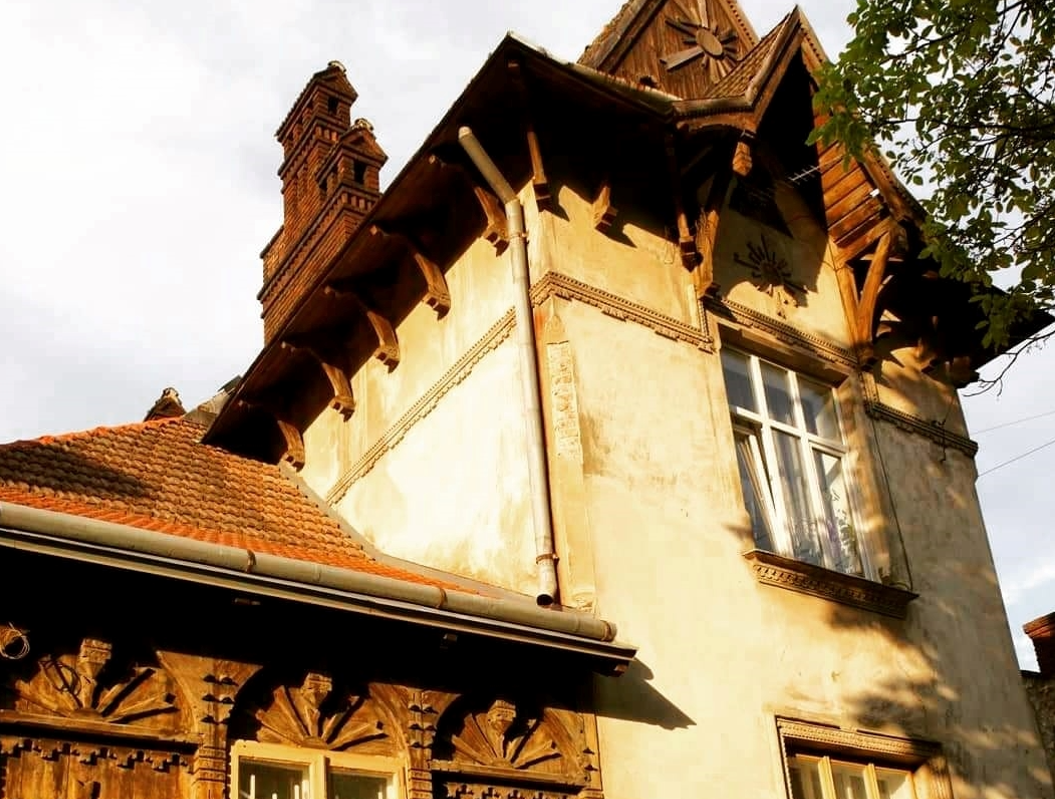
Adjacent to the elegant building at Kokorudza Street, 16 and other living quarters, there is the old, somewhat Carpathian-like house of Ludwik Geller, the former director of the Great City Theater (now the Lviv Opera). Looking at the facade of the villa «Sunny» on Melnyka Street, 7, you can notice that it was built a long time ago, in 1905. In the same year, the director of the theatre settled in it.
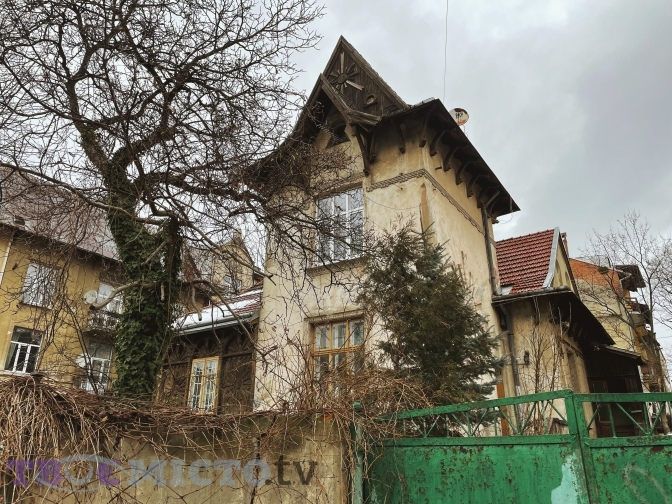
Ludwik Geller was one of those figures to whom not only the Lviv Opera, but also several musical institutions of our city owe their development. He was born in 1865 in a Polishized Austrian family that settled in Galicia until 1846. He first studied at the gymnasium in Rzeszów, later in Lviv. He studied law at Lviv University but did not graduate, and then began his connections with the theatre in 1899 by writing reviews.
At the end of the XIX century, he directed the Skarbek Theater, then he founded the Lviv Philharmonic in 1902. He later became the director of the Great City Theater (Lviv Opera).
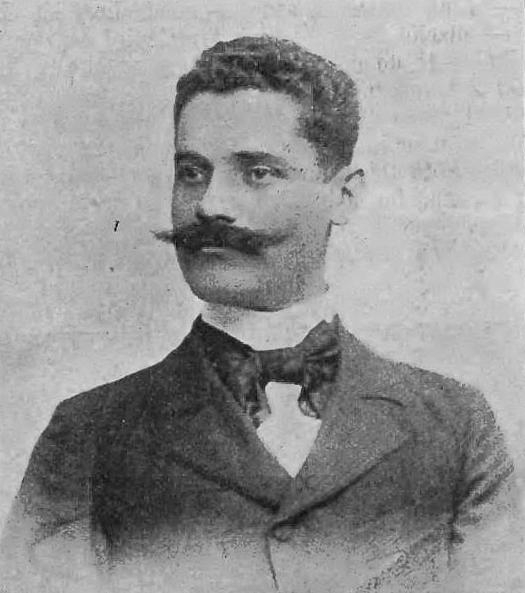
Ludwik Geller’s apartments were built in the present-day Frankivsk district of Lviv. The place was chosen for a reason – this area was once considered a suburban area due to the quiet streets. In addition to the villa on Melnyka Street, where the styles of secession and constructivism predominate, there are several other monuments of local significance.
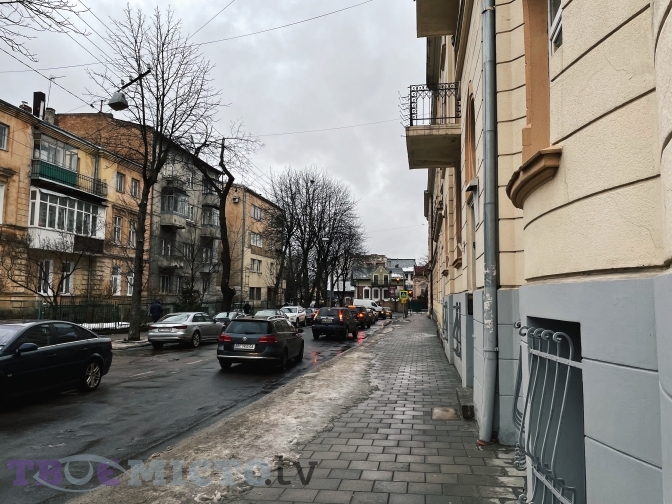
Read also: «The pearl of Ukraine»: video showcases Lviv as a city of «deep nobility»
In particular, on Melnyka Street, 6 there is a building of the former stock exchange of the Society for Mutual Assistance of Private Employees. In the interwar period, there was a kindergarten for children of participants in the Polish-Ukrainian War of 1918-1919, and in the early 1960s, it turned into an ordinary house.
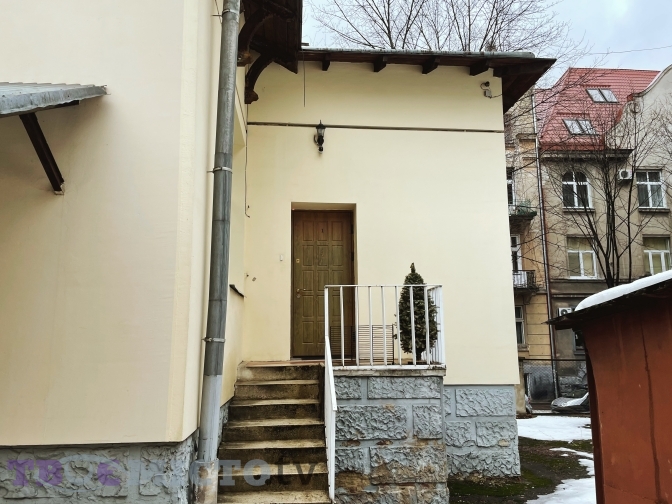
Also on Melnyka Street, 1/3 there is a house built before the First World War for the needs of the XI City Mathematical and Natural Gymnasium named after Snyadetskyi, designed by architects Alfred Zakharevych and Józef Sosnowski (now, Lviv Secondary School I-III degrees №17).
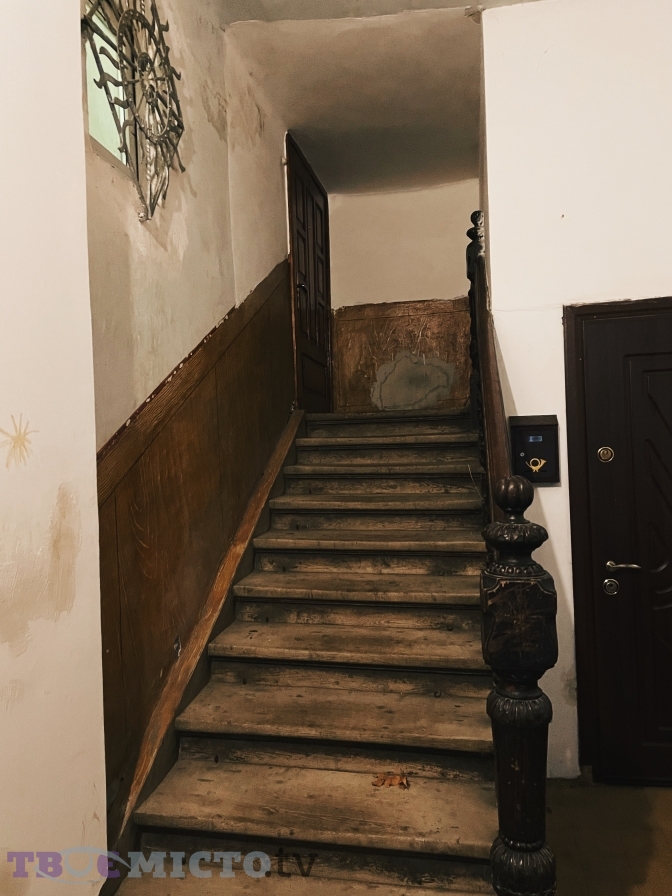
Read also: «Destroyed like Troy». How three families bought an abandoned palace and started to restore it
Nearby, there is the sports complex «Ukraine» (Melnyka Street, 18), which is currently undergoing reconstruction to become a sports complex «Leoland». An arch remained from the former room, the area of the room itself was expanded.
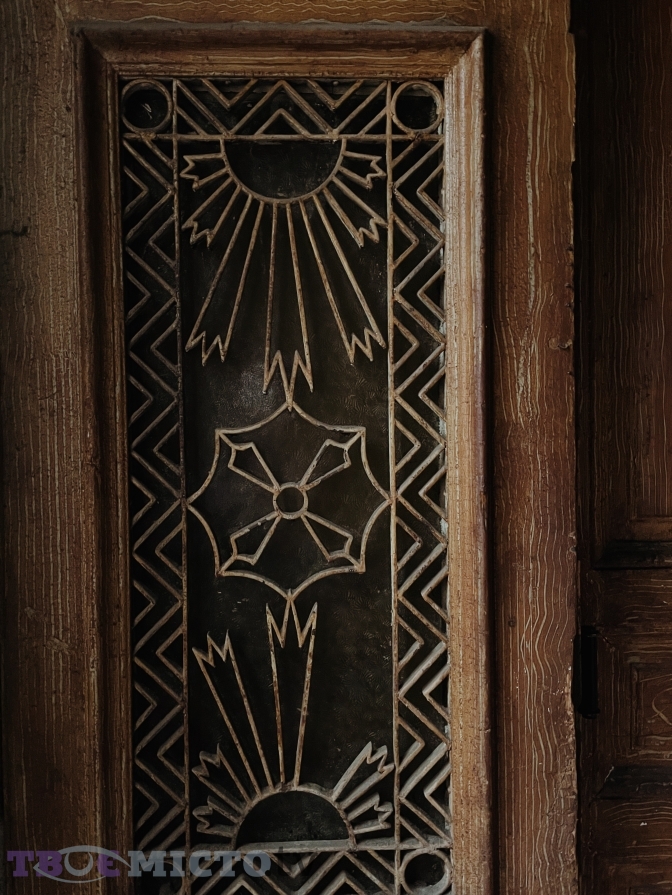
Now, as we have already mentioned, there are several apartments in Ludwik Geller’s villa. Residents say they live in a valuable monument. The fact that the villa is inhabited by people is indicated by its renovated side and rear parts. Nevertheless, in the entrance of the house through the old wooden doors, you can see worn wooden stairs leading to one of the apartments. Another apartment is right at the entrance.
«The house is old, but it is really a monument for Lviv, which is in dire need of repair because the walls are very cracked and the facade needs to be restored. We haven’t done anything here for a long time, and we can’t because the villa is subordinated to the housing office,» – a resident of the «Sunny villa» said.
The abandoned facade of the house, which can be seen through the green old gates covered with dry branches, may not attract the attention of passers-by, but it is somewhat unusual for modern Lviv given the architectural style.
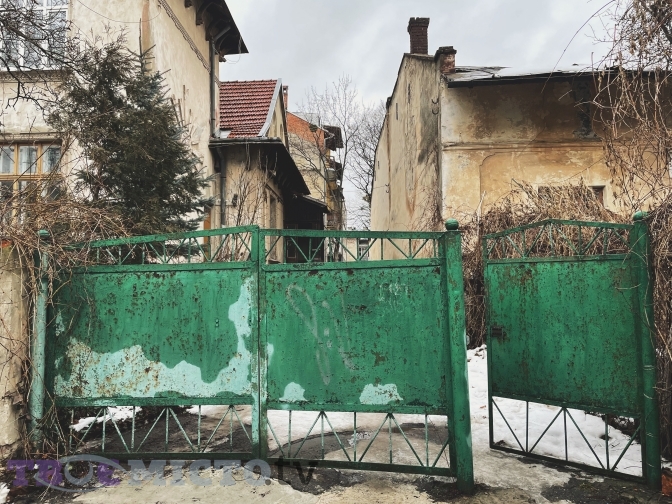
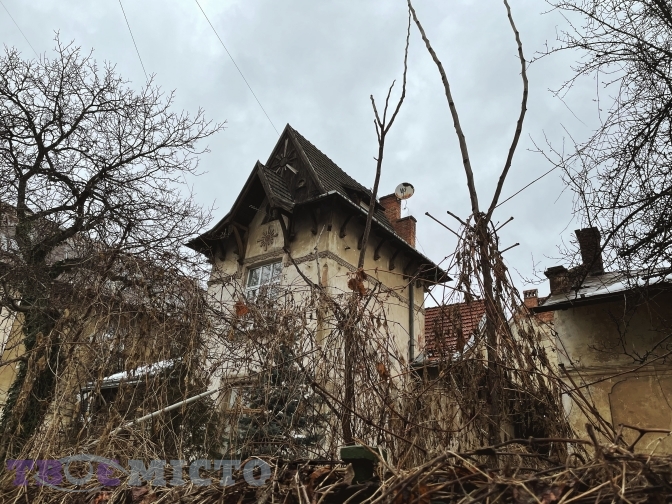
Read also: With God’s help. How Ukraine’s first military church in Lviv serves the Ukrainian army
Tetiana Kazantseva, an associate professor at the Department of Design and Fundamentals of Architecture and the Department of Urban Planning at Lviv Polytechnic National University, explains that Ludwik Geller, reflecting on the style of the house, decided to choose the national one.
«It is interesting that he chose a house in the folk style, more precisely Zakopane. It can be considered that this was a manifestation of the national secession of modernism. The villa was built by the architect August Bohokhvalskyi, who worked in this style for the first and only time in Lviv: he mostly designed more traditional houses,» – she says.
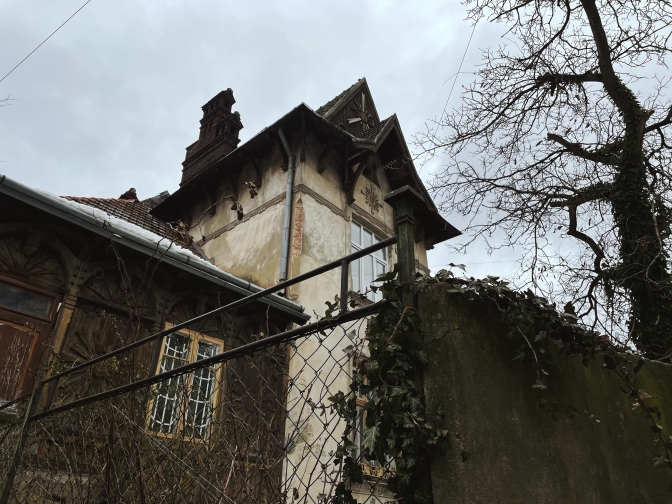
First of all, he created residential buildings, i.e. rented houses – those that were rented out. Kravchuka Street near the military hospital is a nice, secession place. There, Bohokhvalskyi designed an entire street. In particular, stained glass windows, latches, paintings of buildings look very good. Many of his houses are on Hlyboka Street, several other ones – on Shota Rustaveli Street. Based on the fact that many of them have paintings by August Bohokhvalsky, the villa «Sunny» is probably the same, because, at that time, many interiors were decorated this way, Tetiana Kazantseva continues. Therefore, he decided to give it a try. However, he went so far as to use not only wooden elements but also concrete elements that were copies of wooden ones. On the facade of the house, you can see the sun and concrete brackets.
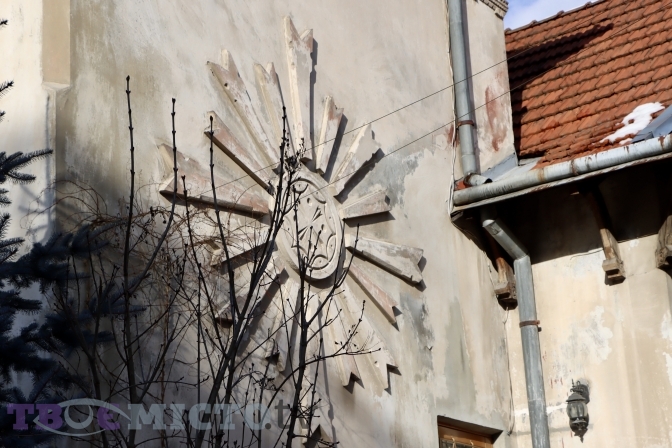
And the building has a very beautiful wooden carving and a high roof covered with tiles, from afar similar to the Carpathian house. The villa was named «Sunny», although it has no official name.
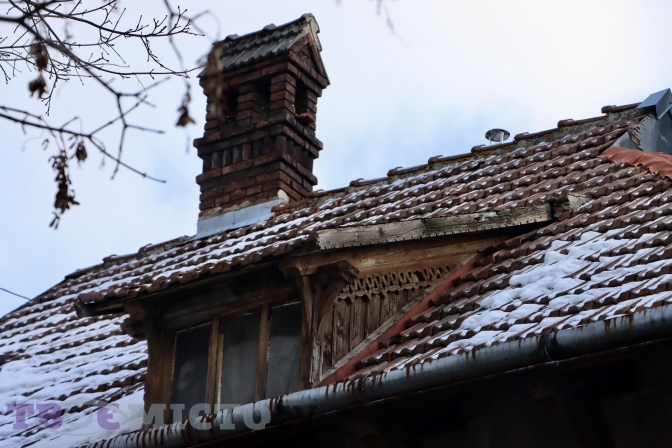
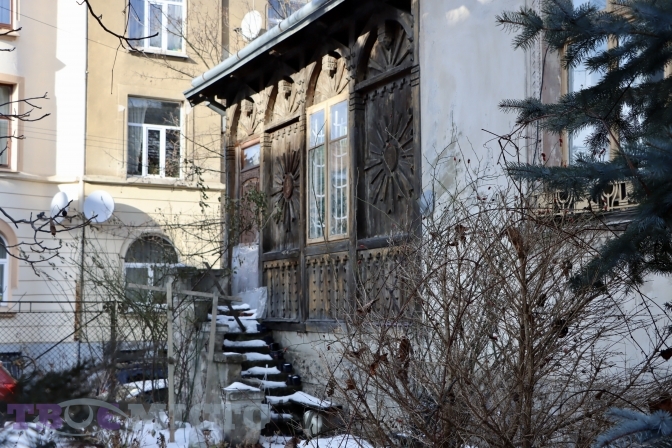
Behind it, if you look at the maps, there was a very large orchard, so the villa resembled a country house. There were stables in the garden. About ten years ago, the building still had tiled stoves with crowns, floor tiles were preserved, but now, some transformations have taken place.
There were about ten such architectural structures as «Sunny villa» in Lviv, so it is a very valuable monument of local importance. This building, compared to other old villas, is well preserved.
From the side of Kokorudza Street, you can see the lower part of the villa, which looks like an annexe. Residents say it is a semi-basement with a separate entrance. Previously, there was a children’s club «Medea» and a circle of vocal ensemble «Pearl».
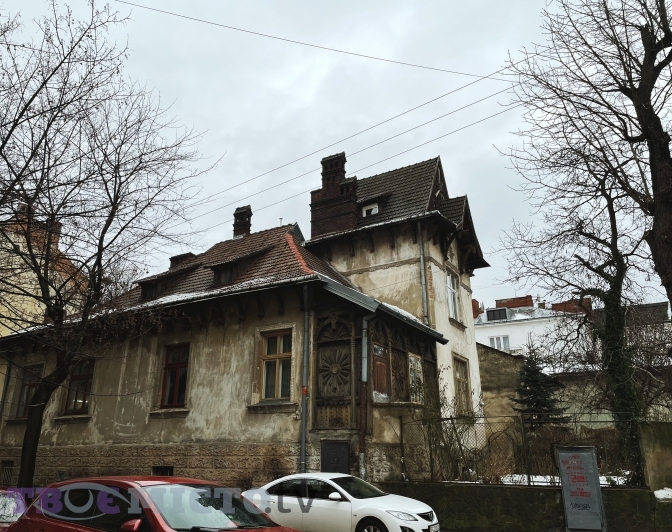
The residents of the house themselves offered to use this room in the future: they leased it to the Solomiya Krushelnytska Music Memorial Museum, which wants to build here a music gallery named after Ludwik Geller.
The idea arose when a resident of an apartment located in a villa, Ms Liudmyla, approached the city’s culture department.
«Last summer, representatives of the city authorities came to this room and thought what could be done here. A woman who was interested in it lived in one of the apartments of our house, but, unfortunately, she has already died. In general, I have not heard any of the residents opposing it because it would be good to use this room, especially since it has a separate entrance,» – she said.
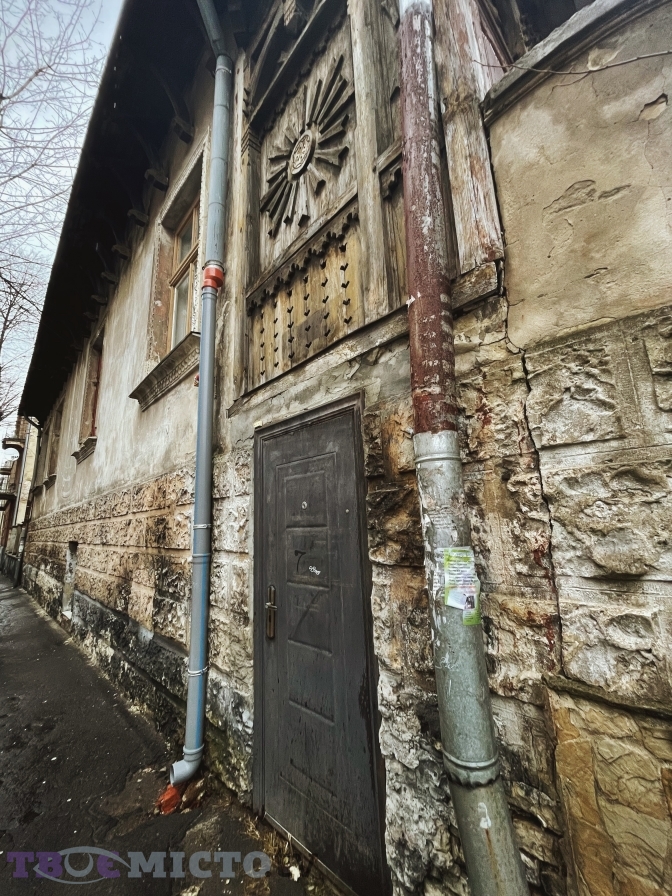
The head of the Solomiya Krushelnytska Music and Memorial Museum, Mykhailo Kobryn, says that the 70-square-meter premises were leased to the museum in the fall of 2021 for five years. The cost of rent is 1.20 hryvnia (less than 1 cent) per square meter per year. This year, they plan to create a sketch plan and calculate how much money will be needed to renovate the premises and create a gallery in it.
«We would like to create a music gallery in this room, which would store records and cassettes. There is talk of different styles of music, but it should be the music of Lviv: Krushelnytska, Lyudkevych, Vesolovsky, «Super Vuiky», «Plach Yeremiyi» and more. This could become the basis for the creation of a Lviv music museum in the future,» – Mykhailo Kobryn explains.
Read also: In Lviv’s synagogue, a ritual bath was found
Now, the Krushelnytska Museum keeps records of the opera conductor Mykhailo Dutchak, who died last year. His widow donated Soviet classical music to the museum. There are also records of interwar music donated by collectors.
«In the future, we could openly ask the public for donations. We could also turn to citizens who have connections with individuals, such as Andriy Kuzmenko’s mother or Ihor Bilozir’s relatives, to collect records for the music museum,» – he added.
Currently, the team of the Krushelnytska Museum is focused on renovating the premises, as this year will mark the 150th anniversary of the birth of the world-famous singer. Therefore, in September, they plan to present an updated museum with many digital elements, multimedia projects and video mapping. Two million hryvnias were allocated from the city budget for this purpose.
Sofia Shavranska, translated by Vitalii Holich
Photo by the author and Anna Chystiakova
You can read a Ukrainian language version of this story here.
Follow Lviv Now on Facebook and Instagram. To receive our weekly email digest of stories, please follow us on Substack.
Lviv Now is an English-language website for Lviv, Ukraine’s «tech-friendly cultural hub.» It is produced by Tvoe Misto («Your City») media-hub, which also hosts regular problem-solving public forums to benefit the city and its people.












